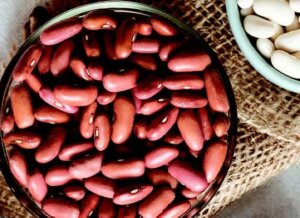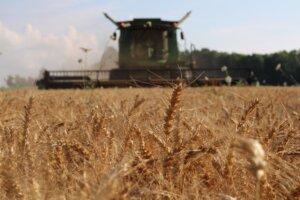Canadian Farms & Farmers
Indigenous Agriculture
Indigenous people have an important connection to the land, and have harvested plants and animals for traditional medicines and foods long before settlers arrived in what is now called Canada. In addition to the challenges that all farmers face, Indigenous farmers encounter obstacles associated with colonization, such as regulatory systems including the Indian Act, as well as natural and geographic factors. Almost 80 per cent of Indigenous farmers identify as Métis, with the largest numbers farming in Alberta, Saskatchewan, and Manitoba. A little over a quarter self-identified as First Nations, with most farming in British Columbia, Ontario and Alberta.
- Many Métis farmers raise cattle, or are involved in specialty crops like hay, sugar beets, hemp, hops, herbs and spices.
- Indigenous farmers are more likely to be women, compared with non-Indigenous farmers.
The Canadian Agricultural Human Resource Council has established an Indigenous Agriculture Advisory Committee to help develop research and programming to promote Indigenous participation in all areas of agriculture.

"To Indigenous people, agriculture is more than just producing food for consumption or export. Food is medicine. By taking ownership within the agriculture sector, our communities can reclaim important parts of our past, and improve food security, and strengthen the economic future of our people." - Dale Worme, Chair, CARHC Indigenous Agriculture Advisory Committee

Did you know...
that First Nations people foster a planting relationship known as the “Three Sisters”, in which beans, corn and squash are planted side by side? The beans fix nitrogen to the soil; the corn stalks act as a trellis for the beans; and the squash leaves provide ground cover that prevents weed growth and conserves moisture.



